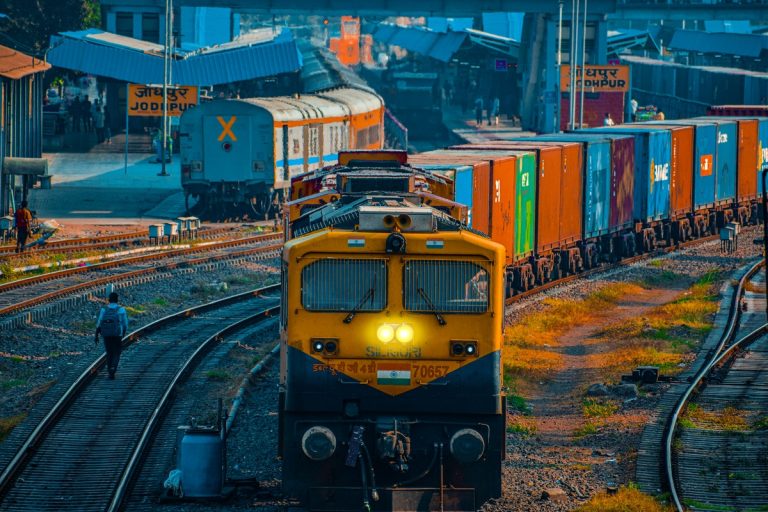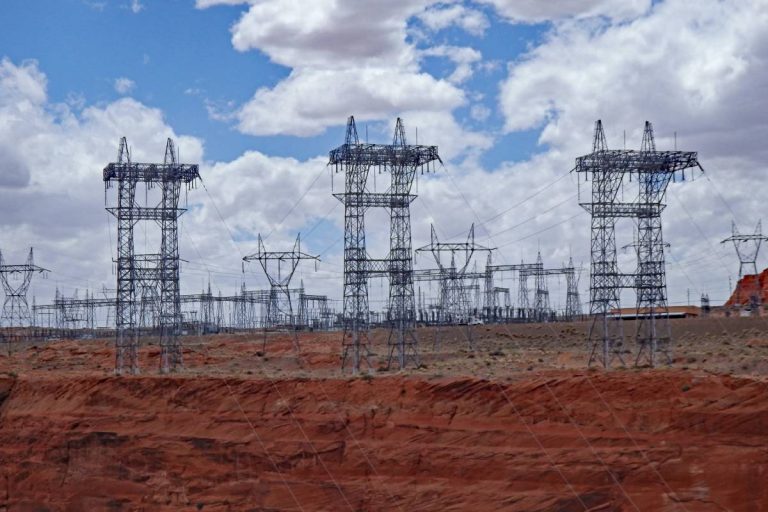From the bustling railway stations of Mumbai to the iconic Darjeeling Himalayan Railway in West Bengal and the historic Howrah Bridge in Kolkata, India’s railway network is the lifeline of transportation in the country. To ensure smooth and reliable rail operations, effective cable and wire management is crucial. In this blog, we will explore essential cable and wire management techniques specifically tailored for railways and rail contractors in India. By implementing these techniques, we can enhance the efficiency, safety, and reliability of rail systems across the nation.
Effective Cable and Wire Management Techniques for Railways and Rail Contractors:
- Cable Routing and Protection: Proper cable routing and protection are paramount in rail systems. Utilize cable trays, conduits, and cable ducts to securely route cables and wires along designated paths. This helps prevent accidental damage, reduces the risk of cable entanglement, and facilitates easier maintenance and repairs.
- Cable Identification and Documentation: Implement a comprehensive cable identification and documentation system. Label cables with clear and standardized tags, indicating their function, location, and specifications. Proper documentation helps in efficient troubleshooting, repairs, and future expansions or upgrades of the rail infrastructure.
- Electrical Safety Measures: Adhere to electrical safety standards, such as the Indian Electricity Rules (IE Rules) and Indian Electrical Standards (IS), when designing, installing, and maintaining electrical systems in railways. Implement proper grounding, insulation, and protective measures to minimize electrical hazards and ensure the safety of passengers and railway personnel.
- Cable Testing and Maintenance: Regularly test and maintain cables to identify any signs of wear, damage, or deterioration. Conduct insulation resistance tests, cable continuity checks, and periodic inspections to detect potential issues early on. Timely maintenance and replacement of faulty cables improve the overall reliability and performance of the rail system.
- Cable Management in Signaling and Communication Systems: Pay special attention to cable management in signaling and communication systems. Ensure that cables for signals, track circuits, and communication equipment are properly organized, protected, and labeled. This promotes accurate data transmission, reduces signal interference, and enhances overall communication reliability.
Benefits of Effective Cable and Wire Management for Railways and Rail Contractors in India:
- Improved Safety: Effective cable and wire management techniques minimize the risk of electrical incidents, ensuring the safety of passengers, railway staff, and contractors.
- Enhanced Reliability: Proper cable routing, protection, and maintenance contribute to the reliable operation of railway systems, reducing downtime and disruptions.
- Cost Optimization: Efficient cable management reduces the need for frequent repairs and replacements, leading to cost savings for railways and rail contractors.
- Regulatory Compliance: Adhering to electrical safety standards ensures compliance with regulatory requirements, avoiding penalties and legal complications.
Conclusion: In India, where railways are the lifeline of transportation, effective cable and wire management techniques play a vital role in enhancing rail operations. By implementing proper cable routing and protection, implementing cable identification and documentation systems, adhering to electrical safety measures, conducting regular testing and maintenance, and prioritizing cable management in signaling and communication systems, railways and rail contractors can improve safety, reliability, and efficiency. Let us embrace these techniques and work together to build a robust rail network that powers India’s progress, connects communities, and drives the nation forward on the tracks of success.


